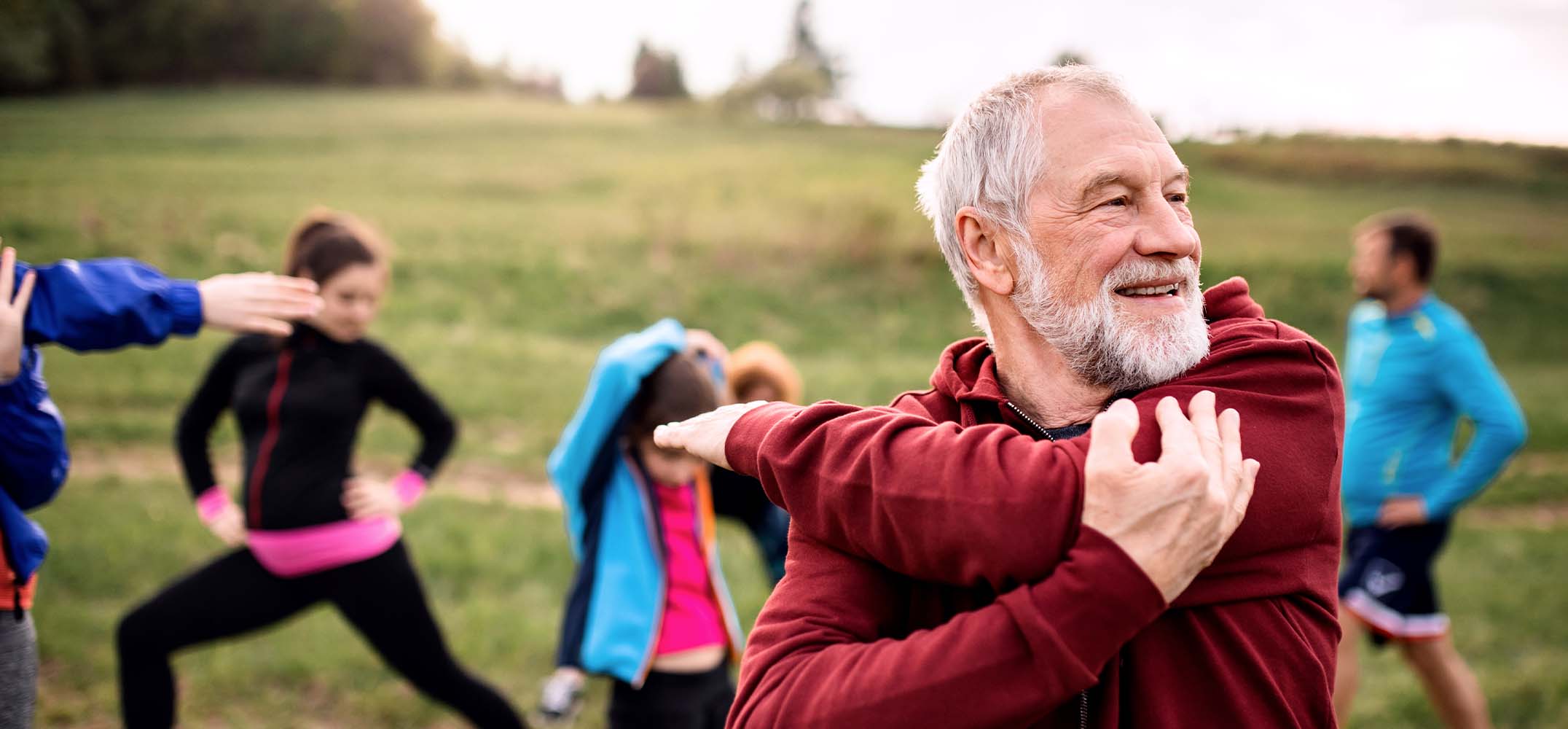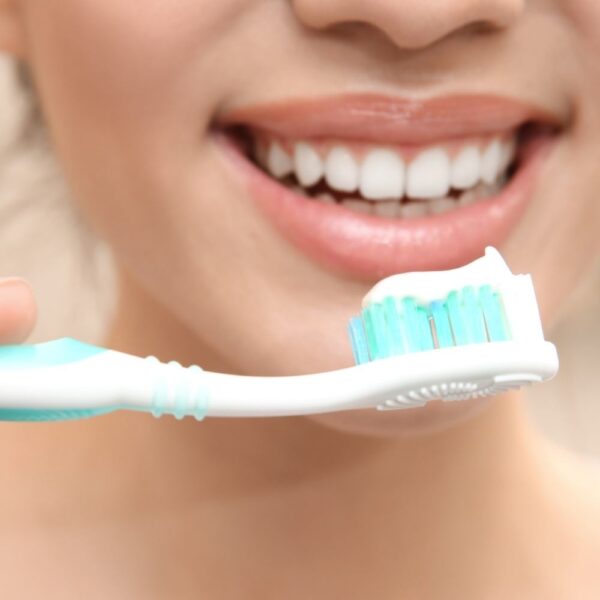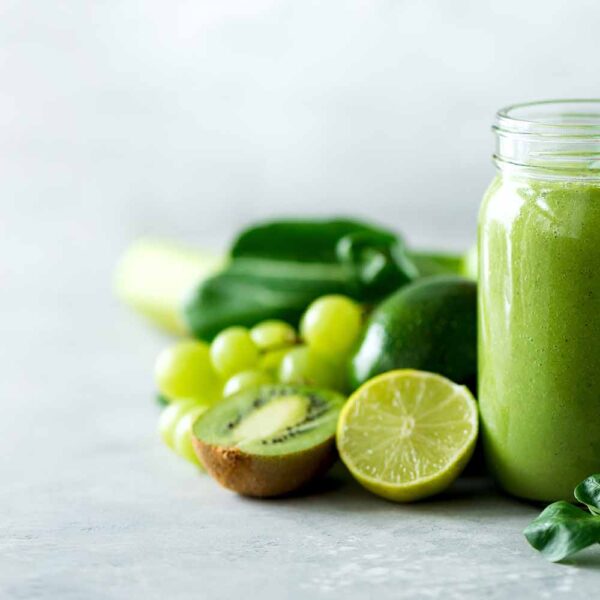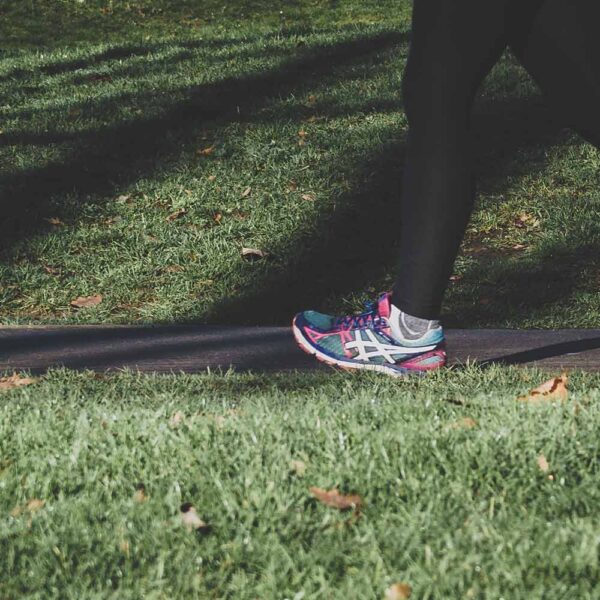Many low-impact exercises offer the benefits of high-intensity workouts but are far easier on the body and generally don’t require special equipment beyond a good pair of shoes and comfortable workout clothes. Low-impact exercises include swimming, yoga, pilates, dancing, bicycling, and even some types of strength training.
THE ADVANTAGES OF LOW-IMPACT EXERCISE ARE CLEAR
- Weight control
Some people think only high-impact exercises will burn calories. In fact, low-impact workouts can be just as efficient. - Reduced chance of injury
Low-impact exercise puts less stress on your joints and muscles. Activities like swimming, for example, are often suggested to people trying to rebuild their strength after an injury. - Improved flexibility
Many low-impact exercises enhance flexibility, which helps to reduce stiffness and muscle pulls. Workouts involving yoga, swimming, and Pilates help strengthen your core and improve flexibility. - Allow you to be more active
Typical exercise programs encourage you to balance intense workouts with “active rest” days that allow your body to recover. Low-impact exercises put less stress on your body, reducing the need for rest days. You can remain consistently active. - Mental health benefits
Studies show that something as simple as walking for just one hour every day decreases the rate of depression, boosts your mood, gives you energy, and helps reduce anxiety.
TYPES OF LOW-IMPACT EXERCISE
- Exercise walking
The goal is to walk fast enough to elevate the heart rate and gently work the muscles. It can be done outdoors, on a treadmill, or in a shopping mall. - Elliptical trainer or step machine
These machines simulate the movements of jogging, running, and walking upstairs without the wear and tear to the body, providing aerobic benefits without the pain. - Stationary bicycling.
A stationary bike mimics the pedaling motion of a bicycle, providing aerobic exercise without the jostling impact of riding on uneven ground. You use a stationary bike as part of a spinning class or at home. - Swimming and water aerobics.
Exercising in the water combines added resistance and natural buoyancy to provide aerobic exercise with minimal impact on the spine.
As Jim Rohn once said “Take care of your body. It’s the only place you have to live”.








